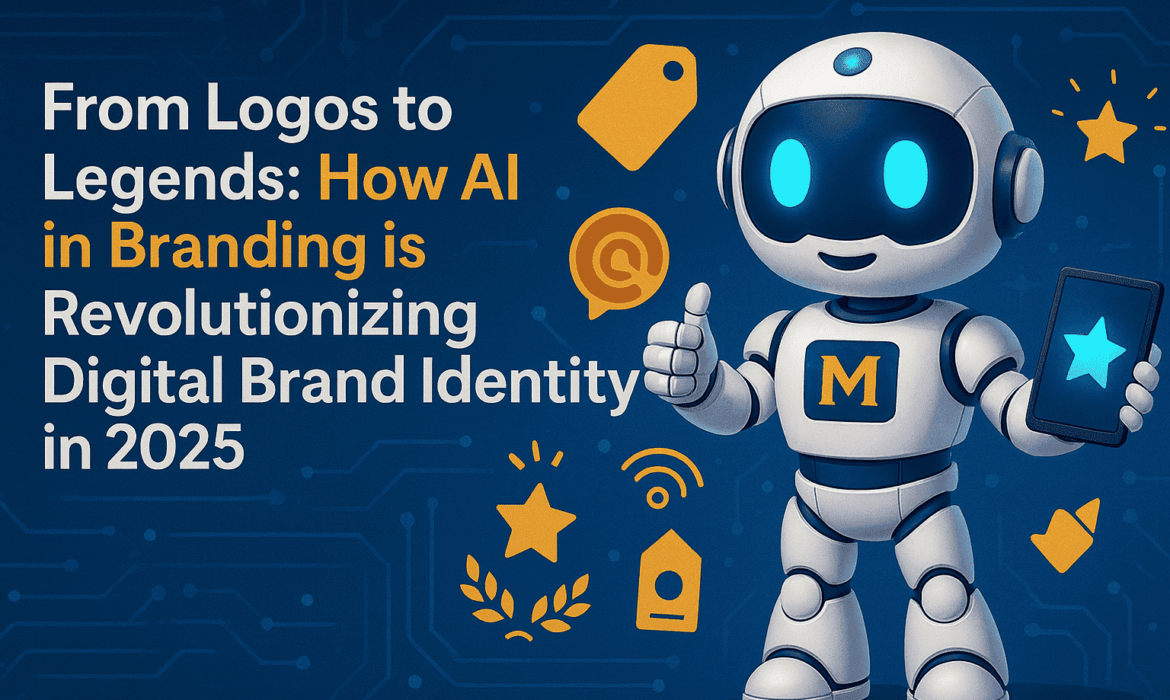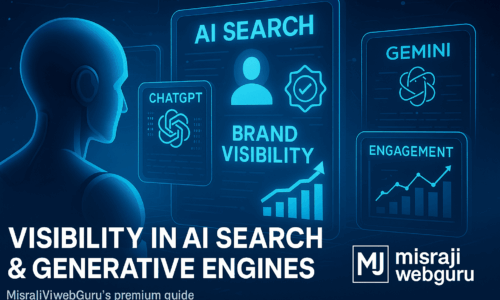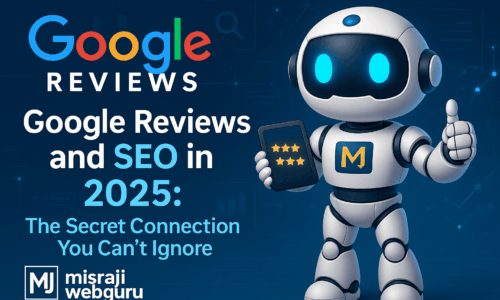
Introduction: Understanding Branding in the Age of AI
Branding has always been about more than just a logo. It is the sum of a business’s visual identity, voice, values, and customer experience. In 2025, this idea has evolved further with the entry of Artificial Intelligence (AI).
Today, AI in Branding is not just a design trend—it is an educational shift in how businesses create, refine, and sustain their digital brand identity. To understand this better, we need to see branding as a subject of study: a blend of psychology, design, marketing, and now, technology.
This blog will educate businesses and learners alike on how AI is changing branding, why traditional methods often fail, and how companies—big or small—can apply AI-driven branding strategies to create long-lasting impressions.
1. The Concept of Branding: A Quick Recap
Before diving into AI, let’s clarify what branding means in educational terms:
- Visual Identity → logo, colors, fonts, design
- Verbal Identity → tone of voice, messaging, tagline
- Experiential Identity → customer experience, service quality, consistency
- Emotional Identity → the values, emotions, and trust customers associate with the brand
Together, these create a digital brand identity—the way your brand looks, sounds, and feels across online platforms.
2. The Problems with Traditional Branding Approaches
Many businesses in 2025 still struggle with outdated branding practices. Some common challenges include:
- Guesswork over research – Brands often rely on intuition, not customer insights.
- Inconsistency – Different colors, tones, or messaging across platforms confuse audiences.
- Limited adaptability – Traditional branding cannot keep up with changing trends and consumer behavior.
- Cost and time – Professional branding agencies often require high budgets and long timelines.
These gaps create an educational need: how can businesses learn to build better, consistent, and emotionally relevant branding at scale? The answer lies in AI in Branding.
3. What is AI in Branding?
In educational terms, AI in Branding is the use of artificial intelligence tools and algorithms to:
- Analyze data (customer behavior, competitor actions, cultural trends)
- Generate visuals and content (logos, ads, copy, videos)
- Ensure consistency (across social media, websites, ads, packaging)
- Personalize experiences (tailoring content to different customer groups)
- Predict outcomes (what kind of branding will connect with a specific audience)
This makes branding a scientific + creative discipline, where data and design work hand-in-hand.
4. Educational Example: How AI Designs a Digital Brand Identity
Let’s break it down into steps of a learning module:
Step 1: Research with AI
AI tools scan demographics, behavior, and emotions. For example, if your audience is young professionals, AI might suggest sleek fonts, bold colors, and inspiring messaging.
Step 2: Visual Identity Creation
AI-powered platforms like Looka or Canva AI can instantly generate logos and color palettes based on your industry and customer profile.
Step 3: Messaging & Voice
AI language models ensure your website, ads, and emails all sound consistent—whether formal, friendly, or playful.
Step 4: Content Adaptation
AI generates and adapts branding content for different platforms: Instagram reels, LinkedIn posts, blog articles, and Google ads—while keeping the same identity intact.
Step 5: Monitoring & Improvement
AI analytics continuously measure which campaigns work, suggesting updates in real-time.
By following these steps, businesses learn how to create and sustain a digital brand identity effectively.
5. Case Studies: Learning from Real-World Applications
- Coca-Cola → Uses AI to adapt branding campaigns across regions while maintaining a consistent global identity.
- Nike → AI-driven personalization ensures each customer sees branding messages aligned with their lifestyle and aspirations.
- Small Businesses → Local startups now use AI tools to create logos, websites, and social campaigns, lowering costs while staying competitive.
These examples serve as educational case studies of how AI is applied in branding across different scales.
6. Why AI in Branding Works (The Educational Explanation)
Let’s look at branding challenges as problems and see how AI solves them:
| Branding Problem | Traditional Limitation | AI in Branding Educational Fix |
|---|---|---|
| Lack of connection | Based on assumptions | Data-driven emotional insights |
| Inconsistency | Manual control | Automated consistency across platforms |
| Flat storytelling | Generic messaging | Personalized narratives for each segment |
| Expensive & slow | High budgets | Cost-effective AI-powered tools |
| Outdated identity | Trends move fast | Real-time adaptation with AI |
This framework shows why AI in Branding is not just a tool, but a systematic learning process.
7. Storytelling Lesson: A Small Brand’s Transformation
Imagine a small local bakery struggling to stand out. Their logo was outdated, their ads generic, and customers barely noticed them online.
When they adopted AI in Branding:
- AI designed a modern logo that reflected warmth and trust.
- The system suggested Instagram-ready color themes.
- AI-generated social content told the story of “family and tradition” while aligning with modern food trends.
Within months, the bakery’s digital brand identity became stronger—customers remembered them, shared their posts, and sales grew.
This example acts as an educational case study in storytelling and branding.
8. Action Plan: How to Learn and Apply AI in Branding
For businesses and students of branding alike, here’s a step-by-step learning roadmap:
- Start with a Brand Audit – What does your brand currently say? Where is it inconsistent?
- Experiment with AI Design Tools – Try Canva AI, DALL·E, or Looka for logos and visuals.
- Apply AI to Messaging – Use AI writers to refine tone and ensure consistency.
- Personalize Customer Experience – Adopt AI chatbots for branded customer interactions.
- Track & Educate – Use analytics dashboards to understand what works and continuously adapt.
9. FAQs – Educational Quick Notes
Q1. What does AI in Branding actually mean?
It is the use of AI tools to create, manage, and refine a consistent brand identity across platforms.
Q2. Can AI replace human creativity in branding?
No. AI provides insights and automation, but humans bring emotional depth and cultural understanding.
Q3. How can small businesses benefit from AI in Branding?
AI lowers the cost of branding, speeds up creation, and helps even small firms build strong digital brand identities.
10. Conclusion: Branding as a Learning Journey
In 2025, branding is not just a creative exercise, it is a learning process powered by AI. Businesses that embrace AI in Branding gain more than logos—they gain digital brand identities that are consistent, emotional, and memorable.
From local startups to global enterprises, the lesson is clear: AI helps brands move from logos to legends.
👉 At MisraJiWebGuru, we guide businesses in this educational journey, turning data into design, and creativity into digital trust.



